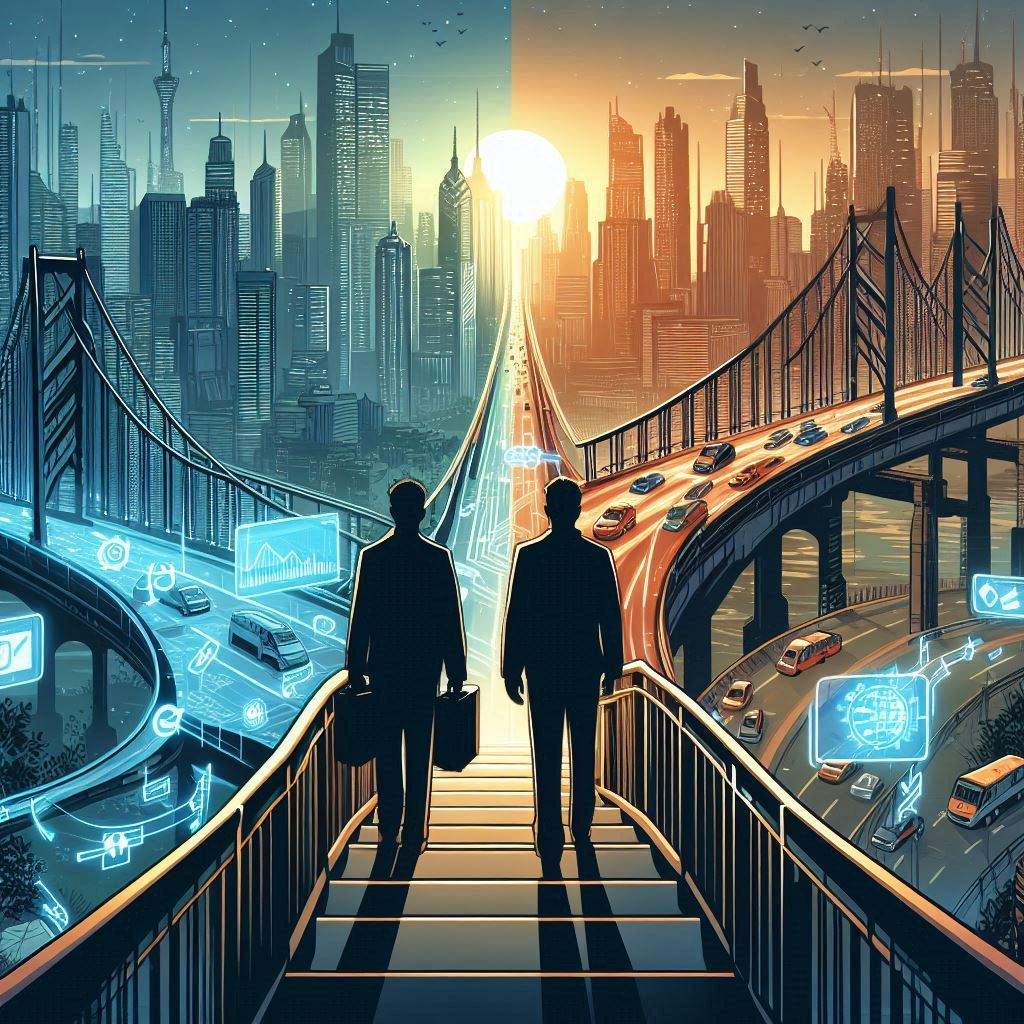Bridging the Divide: How Technology Can Forge a More Equitable World

Key Points:
- The digital divide exacerbates existing inequalities, limiting access to education, economic opportunities, and essential services.
- Technology can empower underserved communities through mobile technology, educational platforms, and innovative solutions that address unique challenges.
- Addressing algorithmic bias and promoting ethical considerations in technology development and implementation is crucial for ensuring equitable outcomes.
In an era defined by rapid technological advancement, the transformative power of innovation is a beacon of hope in the quest for a more just and equitable world. While technology alone cannot dismantle deeply rooted social and economic disparities, its potential to empower, connect, and level the playing field is a powerful force for positive change.
A World Divided: The Persistence of the Digital Gap
The term “digital divide” has become synonymous with the uneven distribution of technological access and its cascading effects. Millions across the globe, disproportionately concentrated in marginalized communities and developing nations, lack access to reliable internet, digital devices, and even basic digital literacy. This lack of access creates a significant barrier to opportunity, exacerbating existing inequalities in education, healthcare, and economic prospects.
Consider the stark reality: a student in a rural village without internet access faces a significant disadvantage compared to their urban counterpart equipped with a wealth of online resources. Similarly, a small business owner lacking the tools for e-commerce struggles to compete in an increasingly digital marketplace. The digital divide is not merely a technological issue; it’s a reflection of broader societal inequalities that demand our urgent attention and action.
Technology as a Bridge: Empowering the Underserved
Amidst these challenges, technology emerges as a powerful force for positive change, particularly in empowering underserved communities. Consider the transformative impact of mobile technology. In regions where traditional infrastructure is limited, mobile phones have become lifelines, providing access to information, financial services, and educational resources.
The rise of mobile banking, for instance, has empowered individuals in underserved communities who lack access to traditional banking systems. Through mobile platforms, they can manage finances, receive payments, and access microloans, fostering entrepreneurship and economic empowerment.
Education in the Digital Age: Leveling the Learning Curve
Education stands as a cornerstone of social mobility, and technology has the potential to democratize learning like never before. Online learning platforms and educational apps can reach learners in even the most remote areas, breaking down geographical barriers and offering personalized learning experiences tailored to individual needs and learning styles.
Moreover, initiatives focused on bridging the digital literacy gap are crucial. Providing digital skills training to individuals and communities empowers them to navigate the digital world, access information critically, and participate fully in the digital economy.
Beyond Access: Addressing Algorithmic Bias and Ethical Considerations
However, the path towards a more equitable tech landscape is not without its challenges. As we increasingly rely on algorithms and artificial intelligence, it’s crucial that we remain vigilant against perpetuating existing biases. Algorithms trained on biased data can perpetuate and even amplify existing social inequalities. Addressing algorithmic bias and promoting ethical considerations in technology development is crucial for ensuring equitable outcomes.
For example, facial recognition systems trained on datasets lacking diversity have shown to be less accurate in identifying individuals with darker skin tones, raising concerns about potential discrimination in law enforcement and other areas. Similarly, algorithms used in hiring or loan applications could unintentionally perpetuate biases based on gender, race, or socioeconomic background.
Ensuring that technology serves as a force for good requires a conscious effort to develop ethical frameworks, promote algorithmic transparency, and prioritize diversity in the tech industry itself.
The Road Ahead: Collaboration, Innovation, and a Shared Vision
Creating a more equitable world through technology is not a task for isolated actors. It demands collaboration between governments, businesses, non-profit organizations, and communities worldwide. We need to invest in infrastructure, promote digital literacy, and ensure that technological innovations are accessible and beneficial to all.
By harnessing the power of technology responsibly and ethically, we can bridge the digital divide, empower individuals, and create a more equitable and just world for everyone. The path forward requires a shared vision, unwavering commitment, and a belief that technology when wielded thoughtfully, can be a potent force for a brighter and more inclusive future.

Leave a Comment